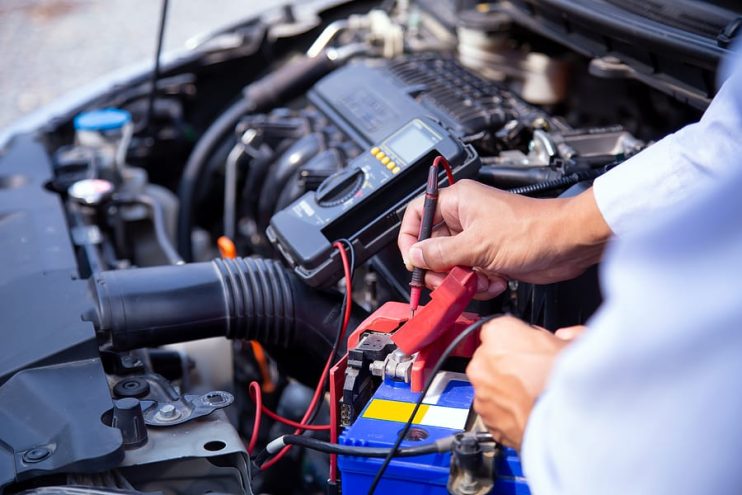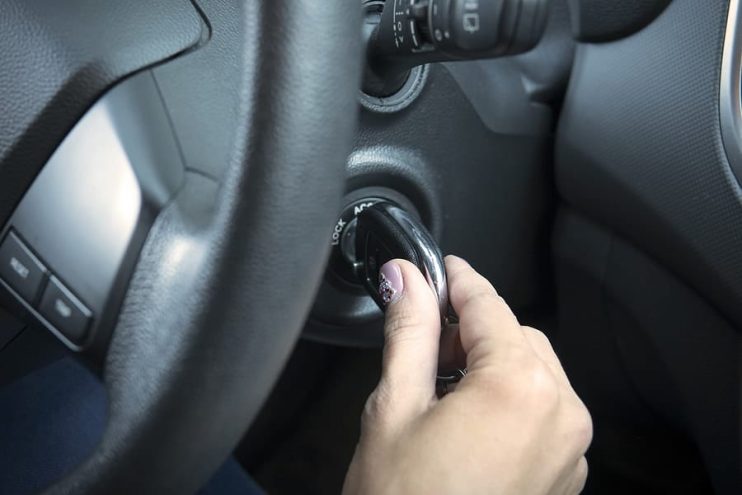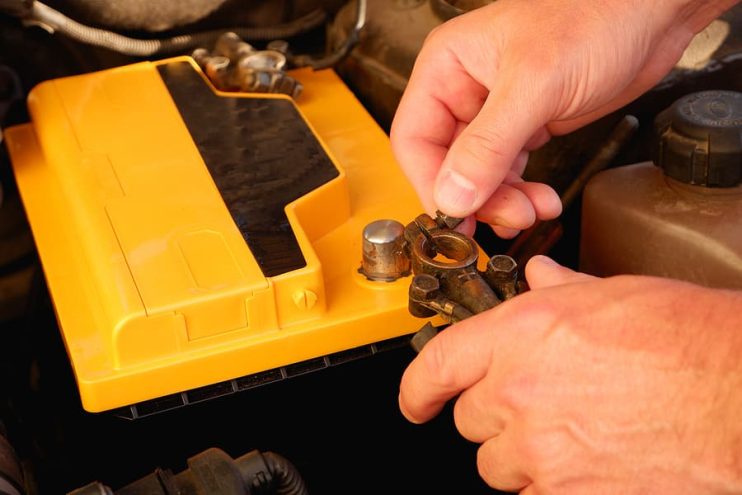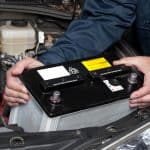
From old fashioned headlights and windscreen wipers, through to onboard computer systems and ABS braking; today’s car is packed with electrical systems. Just like mobile phone apps that put a lot of strain on your phone’s battery, these systems may cause your car battery to run out faster and stop working.
Last thing you want is for the battery to give up the ghost on a cold February morning, when you need to get to work (or somewhere worse, such as the airport on time). Thankfully, with a little vigilance, you can be aware of your battery coming to the end of its lifespan, as there are usually a few give-away signs.
Is the Battery Getting Older?
Might sound like one of the more obvious places to start, but batteries do lose their ability to hold charge, and recharge over time. Many manufacturers claim that your battery should last for 5 years, but it’s not uncommon for batteries to encounter issues after 3 years of use. There are many factors that contribute to a battery’s overall lifespan, including the way you drive, the amount you drive, the climate, and the electrical load.
Regular battery tests are always a good idea, but even more so once your battery hits the 3-year lifespan. Bought a second-hand car and unaware of the battery’s age? Look around the battery for a circular sticker that should tell you the month and year of manufacture.

Starting Problems
Getting the car going through the ignition process places a huge power strain on the battery. If it has issues, this is one of the times when you’re most likely to find out. If the engine turns over and nothing happens, it could be due to battery issues. And a slow and sluggish start is another giveaway sign as the starter motor struggles to get the power it needs.
If the car doesn’t start at all and turning the key in the ignition only produces a clicking sound, then the battery is probably flat. Get a friend with some jump leads to come and help you start the car. It’s also probably a good idea to get the battery tested.
Diminished Electrical Power
But remember the battery’s not only responsible for starting the car. A failing battery shows up in every single electrical system around the car. Interior lights may not illuminate to their full capacity. Electrical window systems may be slow to respond, or worse still, may move up and down without any input. Same goes for any other electrical systems, such as a powered sunroof, air conditioning or even the stereo. If something doesn’t seem to work quite as well as it used to, then the battery should be your first port of call.
One of the biggest giveaways is the headlights. If your beams don’t seem so bright as they used to, or even get brighter when you’re accelerating only to dim at cruising speed then a failing battery could be the culprit. Bear in mind that batteries also don’t work so well in winter months due to an increase in power demand from your car’s systems.
Sulphurous Smells
Your nose can be a good indicator of a failing battery. Are you noticing a stinging sulphur smell (often a little like rotten eggs) that gets you in the nose and eyes in your vehicle’s cabin, or when you flip the bonnet open? Evaporation can cause the sulphuric acid mixture to boil over and leak out (an internal short can also cause this problem) leading to acid in the engine.

Corrosion on the Terminals
Inspect the battery. Can you see a whitish dust-like substance around the cable connectors? This is a classic sign of corrosion, decreasing the amount of electric current that can flow from the battery to the essential parts of the engine, such as the starter motor. You can of course clean the terminals, however this often only a temporary fix as the underlying issues causing the corrosion are highly likely to return. If you’re seeing this issue, then you’re looking at a battery replacement in your immediate future – it’s also worth checking the positive terminal, as severe damage may require you to replace it.
Inspect the Battery Case
Environmental factors, such as extreme heat and cold, can cause the battery case to warp and bulge. If your battery has lost its regular, flat shape, then the chances are it’s suffering from impeded performance. Freezing nights and swelteringly hot days over the years can cause a battery to electrically die and lose all chance of charging ever again. If this has happened, then you’ll need a replacement.
Our Last Word
Taking short trips to the shops and daily drives to the office often drains the charge from the battery, without giving it the sustained journeys at speed necessary to up its power levels from the alternator. As the battery loses power this often leads to decreased performance.
Leaving your car on the driveway or garage for long periods of time won’t do the battery any favours either, because the battery will drain even when the car engine isn’t on, especially in the colder months. Take proper care of your battery and go for a good drive to get some charge back into the beast, on an old-fashioned road trip. Your car and your wallet will thank you for it in the long run.



.png)